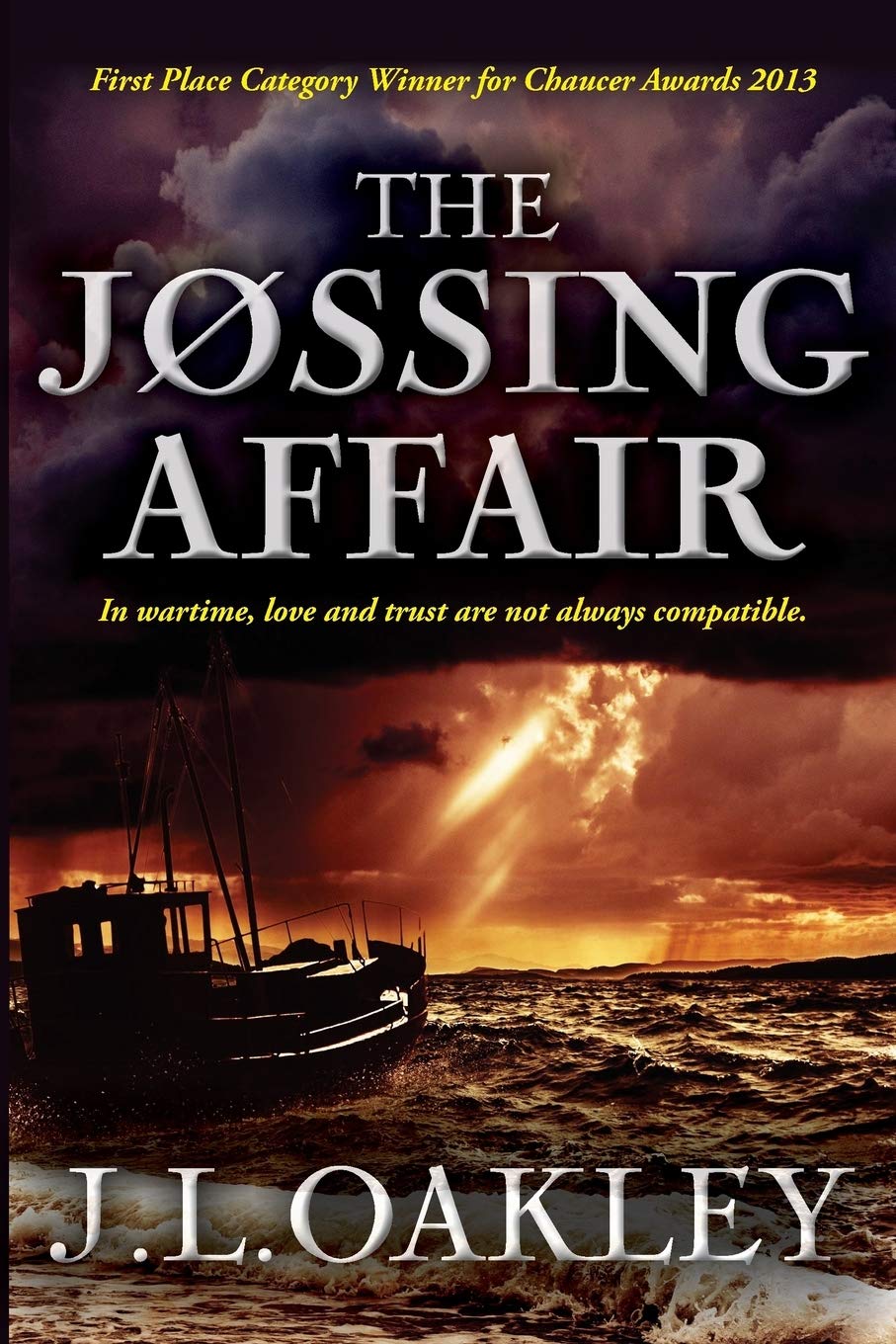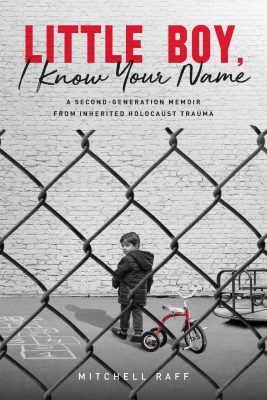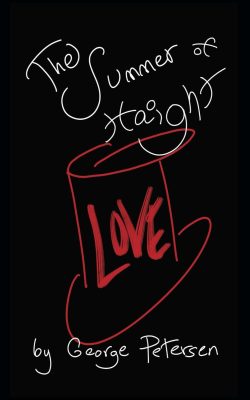|
Listen to or download this article:
|
As Susanna Janssen notes in this eclectic and fabulously fun study of all things language-related, “The world of words is ever-changing, dynamic, and alive with the times as we constantly invent vocabulary to talk about new realities.” And she proves just that in this book that overflows with wit, wisdom, humor, and an infectious love of spoken and written words and phrases.
Janssen warmly engages the reader to take an etymological adventure with her, one that has me listening for new words in conversations and scanning newspaper articles for recent additions to the English language. Her book is a potent reminder that language is not static, that at this very moment it’s evolving. Yes, it’s alive!
Consider some of the words used in the second decade of the 21st Century: Beatbox. Catfish. Frenemy. Geocache. Selfie-stick. Quinzhee (I confess, I had to look this one up). Could we have anticipated their advent? No, just as we can’t say with certainty what new words will enter our vocabulary with the next generation. Children will be asking Santa for gifts with names that currently elude us. The uncertainty, though, only underscores how wondrous language is as it chronicles and shapes life around the globe.
Wordstruck! is brimming with research (check out the impressive list of sources consulted), anecdotes, charming and often hilarious footnotes that chart the author’s efforts to bring us this enthusiastic celebration of language and its evolution. For example, did you know that Homer used a total of 9,000 different words to write the Iliad and the Odyssey? Shakespeare, centuries later, used 30,000 to write his plays, although part of the reason he was so much wordier than Homer is that the Bard birthed new words right and left and gave older words a new versatility. He did amazing things by simply adding “un” to the front of a noun. We may use words like “clean” and “unclean” without thinking today, but at one time, flipping the meaning of a word was both a novelty and an innovation.
If you’re a grammar nerd like I am, you’ll love Janssen’s observations of people who “overcompensate” and use “I” when “me” is the correct pronoun. And is there a more beautiful definition of a preposition than “…just a handy little word that usually tells us the relationship between what precedes it and what follows it”? Words migrate with people; they morph when cultures bump up against each other via war (M’aidy! For “Aid Me” becomes Mayday!), religion (consider the Diet of Worms, eeeew! Papal Bulls?!), and love (Do you prefer, “Will you be my valentine”? or “Will you be my little poopsie?”) And why does the color yellow evoke different feelings in Germany than it does in the United States? Yes, language is the vehicle for humans loving, fighting, worshipping, and feeling. Language is the thread that connects and weaves together every aspect of life.
In the second half of the book, the author shares her story and how she first came to write the chapters as articles for a local paper. Her stint as a journalist followed a career as a professor of Spanish with a lifelong bent for all things related to the Romance languages. Her upbringing in a Catholic family of Dutch and Italian origins put her on a path to a lingual life. She would love her readers to share her joy, and she urges all to study a second language to reap countless benefits, including keeping a sharp mind as we age.
There are just too many gems to fit into a single review of this book, and that is precisely why you must read Wordstruck! and experience its subtitle, The Fun and Fascination of Language, firsthand. Be ready to learn, to laugh, and to love language in all its complexity!











Leave A Comment